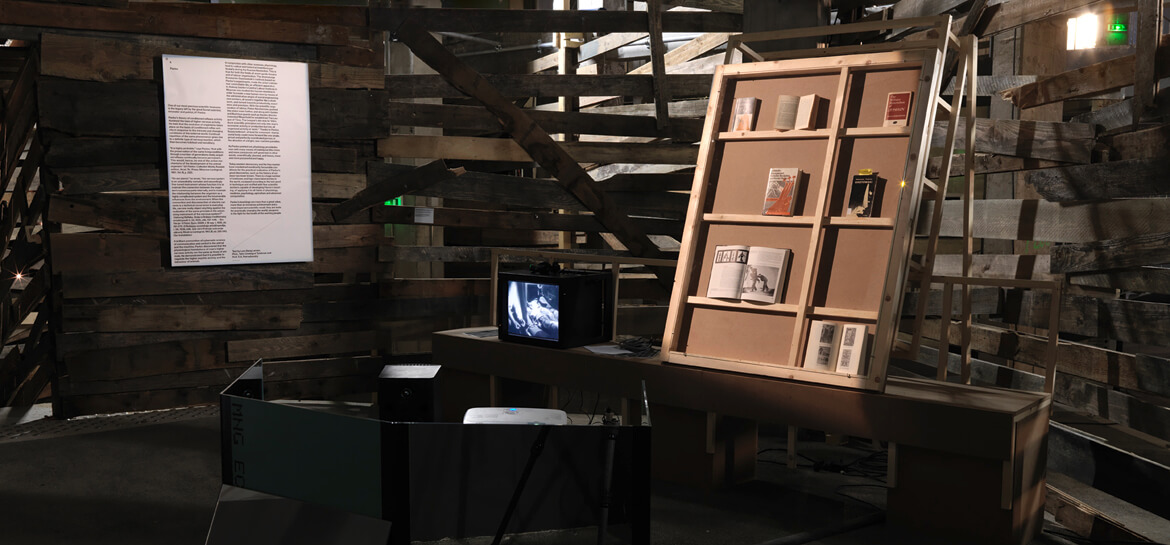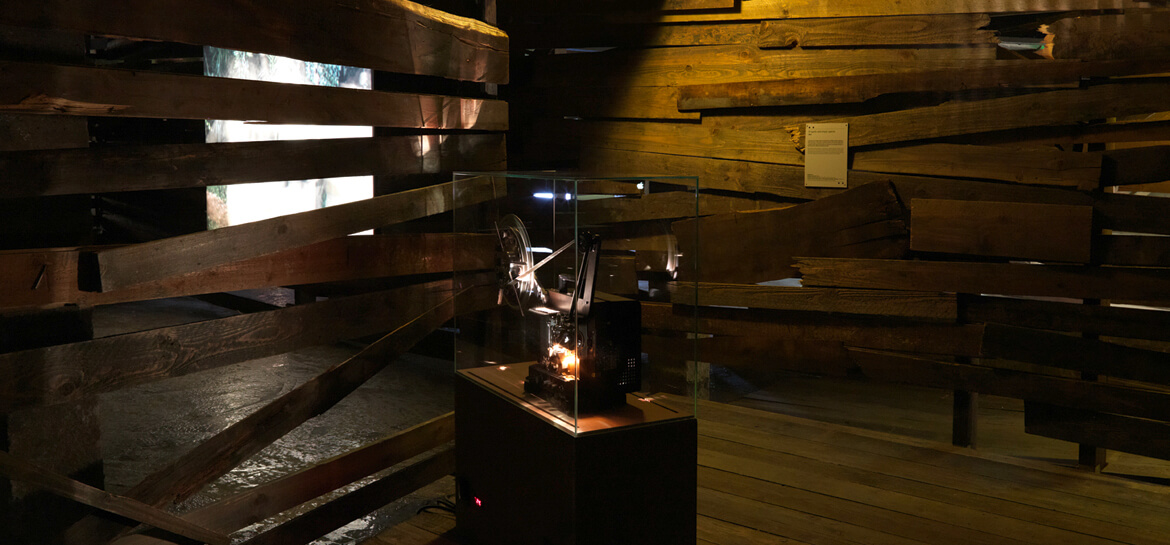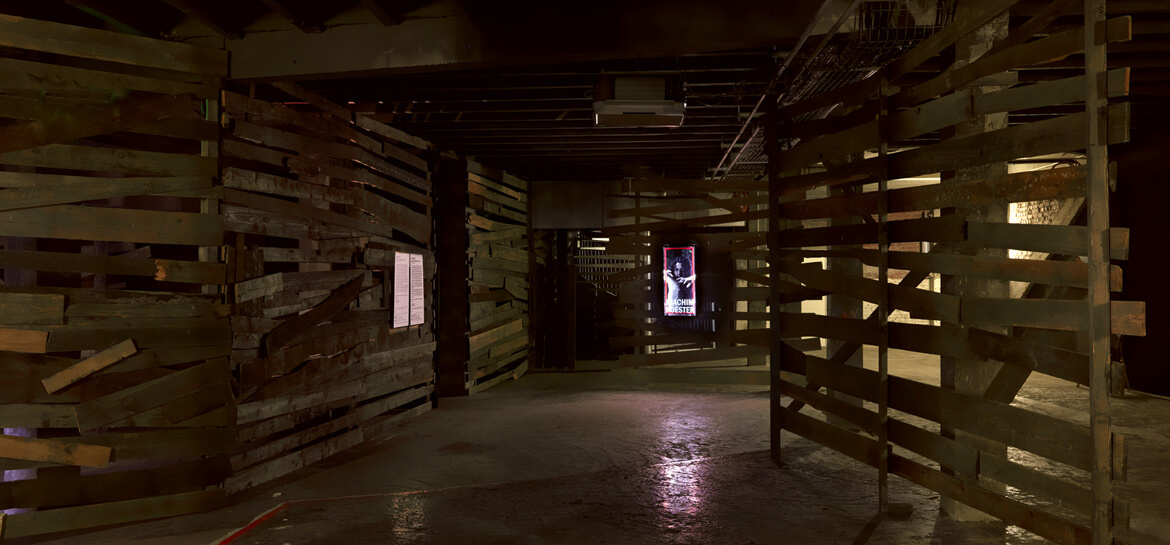
SEARCH THE ENTIRE SITE

Joachim Koester
Reptile brain or reptile body, it’s your animalWorking in the murky zone between conscious and unconscious, dream and reality, the artist Joachim Koester explores vast fields of knowledge, ranging from Haitian ritual to esoteric séances, and including yoga, the use of Peyote and other hallucinatory experiences.
« The spirit does not distinguish between the real and the unreal. Our daily activities can be influenced by the past or the present as much as by dreams. The images that are essential to our psyche can be pure products of our imaginations. »
Joachim Koester
Working in the murky zone between conscious and unconscious, dream and reality, the artist Joachim Koester explores vast fields of knowledge, ranging from Haitian ritual to esoteric séances, and including yoga, use of Peyote and other hallucinatory experiences. As a result, he creates works that blur the line separating the documentary and the fictional, proposing the audience to explore mental journeys on which they undoubtedly would never embarked. This exhibition at Palais de Tokyo allows the visitor to discover films evoking John Murray Spear’s esoteric séances or Jerzy Grotowski’s research on the superior consciousness of the actor and the “reptilian brain.”
From Haitian rituals to esoteric séances
In two films, he evokes Jerzy Grotowski (1933-1999), a Polish writer and theater director who attempted to rediscover the actor’s heightened awareness through exercises in flexing the spinal cord, inspired by Haitian rituals and by yoga. Grotowski was referring to Paul D. MacLean’s definition of the “reptilian brain”, a sedimentary, almost unconscious layer of the human brain, responsible for bodily movements and basic needs. Another film uses John Murray Spear’s esoteric séances as a starting point. This 20th-century American activist and spiritualist attempted to access the designs for a sewing machine prototype through a choreography created in a state of trance.
An exhibition with an extension
For the “cerebral” part of the exhibition, the artist invited two art historians, curators and researchers, Lars Bang Larsen and Yann Chateigné Tytelman, to conceive an extension of the exhibition. In it, they present a group of archival documents borrowed from their research on the “nervous system,” exploring possible relationships between art, science, and the counter-culture. Joachim Koester suggests that we (re)discover a constellation of figures and ideas, as he outlines a reflection on the physiological relationships between the body and the spirit, and evokes esotericism, mysticism and conspiracism. Adopting a subjective stance towards the document, he invites the visitor to immerse himself/herself in the interstice between fact and fiction.
Maybe one must begin with some particular places, 2012
In this film, the artist studies Jerzy Grotowski, a major precursor of contemporary performance art. At the end of the 1960s, Grotowski moved away from theater to create a system of spatial movements and exercises combining performance, anthropology and ritual. Koester filmed Jaime Soriano, an actor who participated in a work by Grotowski in 1985, as he executed one of Grotowski’ psycho-physical exercises on the roof top terrace of a house designed by the Modernist architect Luis Barragán.
Of spirits and empty spaces, 2012
This film examines a scheme undertaken by John Murray Spear, an American spiritualist and activist. In the mid-19th century, Spear tried to obtain the plans of a sewing machine prototype, an alternative to the costly model patented by Elias Howe. During spiritualist séances, participants would enter into a state of trance in order to access the plans, which existed in the immaterial realm of spirits. In this mechanical choreography, each participant would embody a piece of the machine. The knowledge acquired during these séances led to the construction of a prototype, of uncertain operability.
Seismology
Combining documents, videos and works examining the complex relationships existing between the visual arts, exact sciences and counter-cultures throughout the 19th and 20th centuries, this “intermediary” zone presents a continuation of the artist’s exhibition. Developed as part of the HES-SO research project led by Lars Bang Larsen and Yann Chateigné Tytelman, “Art, Science, Counterculture: Perspectives on a Radical Enlightenment,” the appendix consists of a visual and auditory journey, linking shapes with different statuses, an active way of diving into a little known universe located behind the surface of the works. An event, conceived as an echo to this presentation, will take place on March 15th 2013, in Palais de Tokyo’s historic movie theater (Salle 37), located above the exhibition space.
“Seimology” is organized in partnership with Geneva University of Art and Design.


